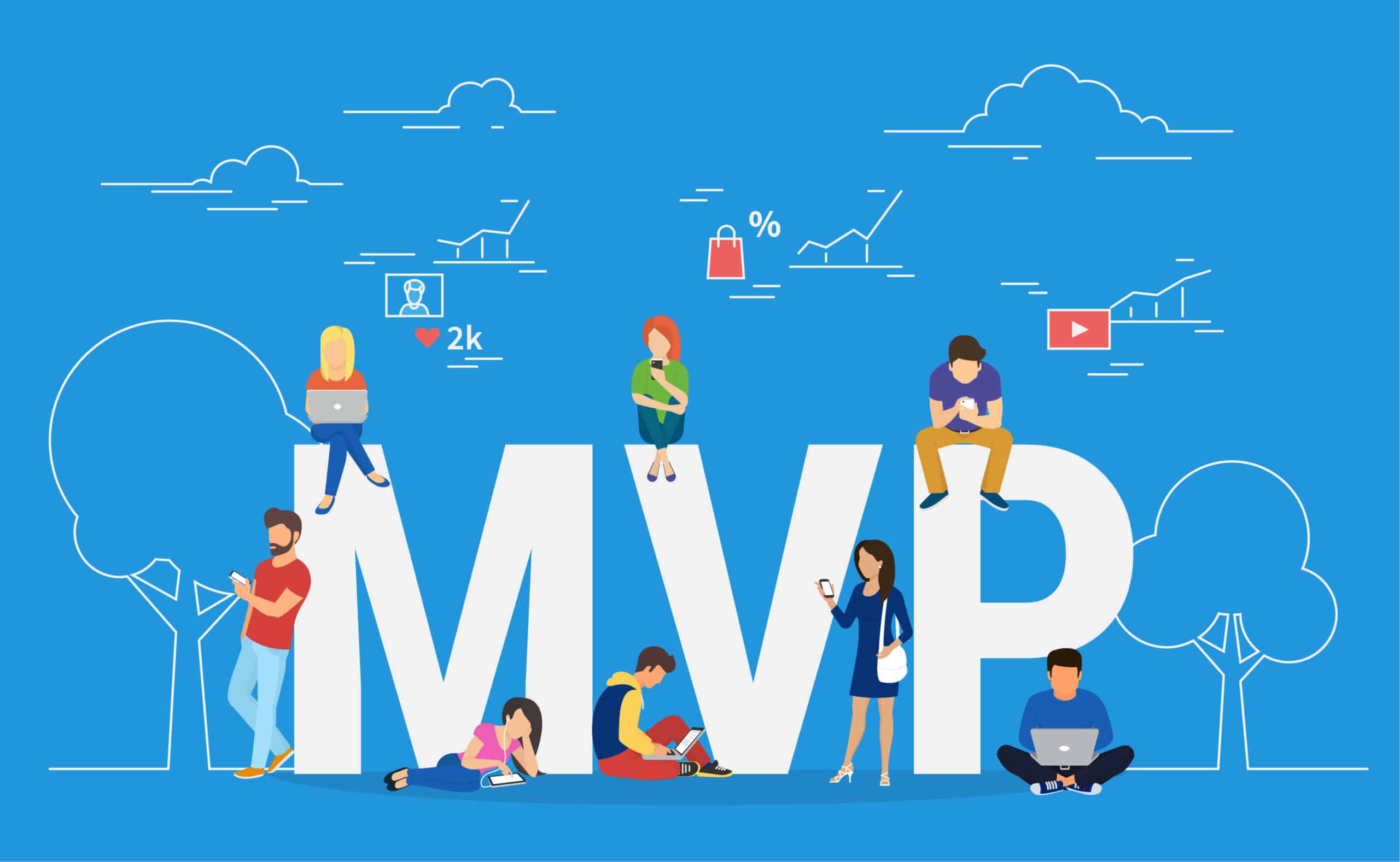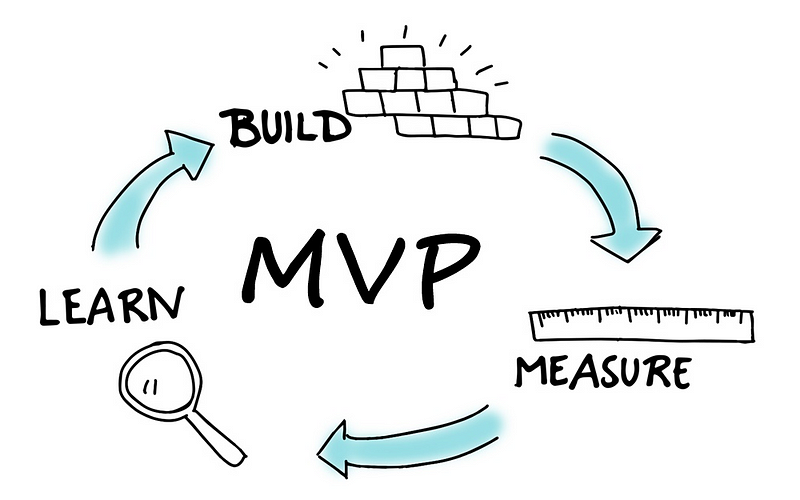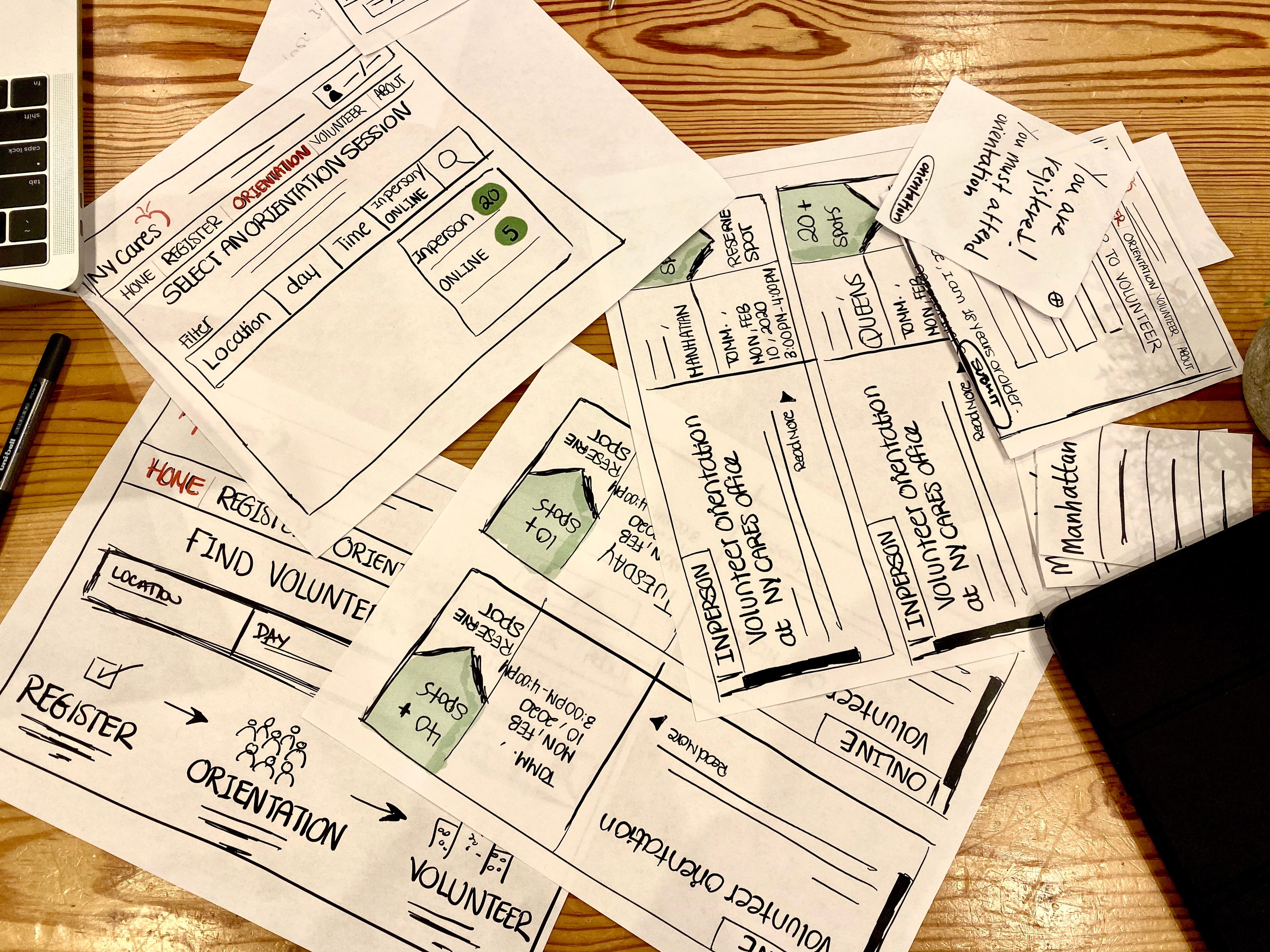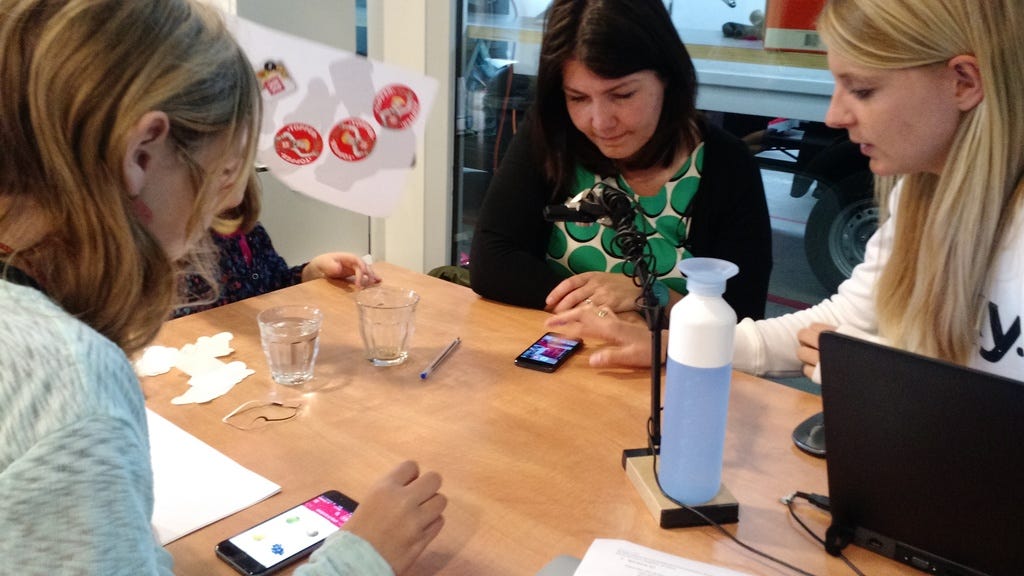
You developed an app using a minimum viable product integrated all the features necessary to solve the user’s need. You knew that your app will be a great problem solver. Everything started and ended great but there came a point where users didn’t install your app. All time and money that you invested in developing an app got wasted. You have no idea what went wrong, where did your app lack etc. In such scenario, it becomes difficult to gain user’s attention and ultimately your app fails to reach the mark.
This happens with most of the startups; actually, the chances of succeeding in the startup game are less unless the product is built in a right way.
- Bloomberg reports that 80% of startups will fail within their first 18 months.
- An infographic featured in Mashable states that 90% of tech startups fail.
- The Guardian states that around 50% of small businesses fail within the first couple of years.
Although, hitting the mark as a startup is difficult, there are number of things that can be done to avoid failure especially at an initial stage.
One of the solutions for this is by creating a minimum viable product which is the most efficient and time-savvy way of developing, getting feedback from the user and validating your idea. Before investing in a software solution, you can consider MVP to anticipate the success of the product in the market by reaching out target audience.
But, what is MVP all about?

A minimum viable product is development technique where the product is developed with the necessary features that satisfy the user’s need and this is very much useful for the startups. Full and final set of features are designed and developed only after considering the feedback of the product from the user. The sole purpose of MVP is to launch the product quickly based on the idea with the least budget. With the help of MVP, one can have the clear insight of target audience and can save much of the time.
Developing MVP means balancing between what your brand is offering to the users and what users actually need. MVP is developed to minimize errors and collecting the quality feedback by targeting a specific group or some type of users.
Check out the steps needed to develop successful MVP…
Market Research

Before thinking about MVP, you must check the potential of your idea. Your idea may be great but it may not just fit to the market needs. So, before starting make sure that people will be interested in your product. For knowing this, you can search for the competitors or similar products or talk to another user. Your idea may be already implemented and you may have no idea about that. Survey always works; it leads to more information and results into high chances of success.
Define your idea

You have an idea about your new app; but what value does it offer to your users? How can it benefit them? What USP you are offering? What would boost them to buy your product? These are some of the important points to keep in mind to represent your idea. You should have clear and concise idea about the estimations of your product. Outline your idea and introduce its value to the people and based on that develop MVP.
List all the features that make your app unique
Make your dreamed feature list that you always wanted in your app. List down everything that you wish to include in your product. Once you are done with developing the features, cross-check the features that you feel are not really very important. When you have the list of features for each phase, you then prioritize them. To prioritize each feature, ask yourself why my user would need these features? Would it be beneficial to them? When you have organized all the features, you can define the scope of phase 1, and start building MVC prototype.
Describe what is unique in your app
Why users would download your app.
- If your app is implementing new algorithms by adding advanced technologies like AI, VR, AR or image processing algorithms which can enhance task performance; better than what the current app market is offering
- It may happen that, you are bound to implement some common features; if this happens, it is important to adapt the whole experience for that specific market with some tweaks in the exiting features.
At the end of the day, your app will be unique, if it is focusing on efforts and time from the beginning.
Proceed towards building MVP
Once you have determined the key features and have an understanding of market needs, you can start developing MVP. You must develop MVP with the sole goal of validating your hypothesis and should have basic features to get the feedback from the users and that should satisfy the need of users. Moreover, ask yourself these questions…
- Does this feature support MVP hypothesis and meeting the sole goal to satisfy the users
- Is this feature solving the problem of the user?
- Is this must have feature for the customer?
- How much time will it take to develop this feature?
Always focus on the needs of the customers and take their feedback if they are satisfied or not.
Test, learn and repeat

After defining MVP, and after development let your product get tested from quality assurance team to improve the quality of the product and conduct the testing stages to know if there are any bugs to be solved. Launch your MVP and check out the user’s feedback; if they are really satisfied with the product or not. Ask them if they wish to have more features. If you wish to add more features, repeat the process and work towards the enhancement of your product. Do not make your product complex and do not forget to ask your users what more things they are looking for.
Measure success after building MVP
There are several ways to get real picture about your product. Some of the effective and proven ways are listed below.
- Word of mouth
Check your product success by talking with the potential customers. Pre-assume it that customers are facing the problem and be ready to hear the problems and ask them what they think.
-
Engagement
See how customers are engaging with your product. Based on the feedback your goal must be to improve user engagement. It will help you to measure the present scenario of the product as well as future aspects.
-
Sign-up
Ask your users to sign-up with your product as it is the good way to increase the interest of the users. It helps to convert into revenue. Based on the result, you can measure the interest of the user in your product.
- Check out the downloads of your app
The number of downloads and launch rate shows that your users are really interested in your app. The lighter the app, the more downloads it get.
- See how many users are actively using your product
Checking downloads is one of the primary thing, you also need to check user behavior and ratings from your active users for the success of MVP.
- Client acquisition cost (CAC)
CAC means money spent on the customer acquisition channel/ number of customers acquired through the channel. You should have proper insight on the cost to get a paying customer. With this you will know, whether your marketing efforts are effective or there are any changes to be made.
- Check the users who are paying for your product
Know the products that are bringing revenue also keep check on average revenue per user. Make a report on how much income users are helping to generate in a day.
- Client Lifetime value
CLV = (Profit generated from user * App usage duration) – Acquisition cost. It checks how much time user spends before uninstalling the app.
-
Churn
Churn = Number of users not using the app per week/ month/ Number of users at the beginning of the week or month. It demonstrates the level or percentage of people who have uninstalled or stopped using your app.
Wrapping it up
The purpose of MVP is to know thick and thins about your product and developing it with low investment. When your product is ready to go live, you will conclude something valuable from your product –whether it needs to be discarded or it can be continued.
It is always better to have a service provider who can help in developing a minimum viable product that can give you an edge to the business. Anteelo, one of the leading web and mobile app development company have experts who can help you to convert your idea into the product. Anteelo possesses the best mobile app developers who are well-versed with the technology and can help you to build a sustainable customized product that can help you to stay ahead of the curve.





















![Sending A Micro-Survey: Industry Metrics & Best Practices - [x]cube LABS](https://www.xcubelabs.com/wp-content/uploads/2015/06/micro-survey.png)







.png)




